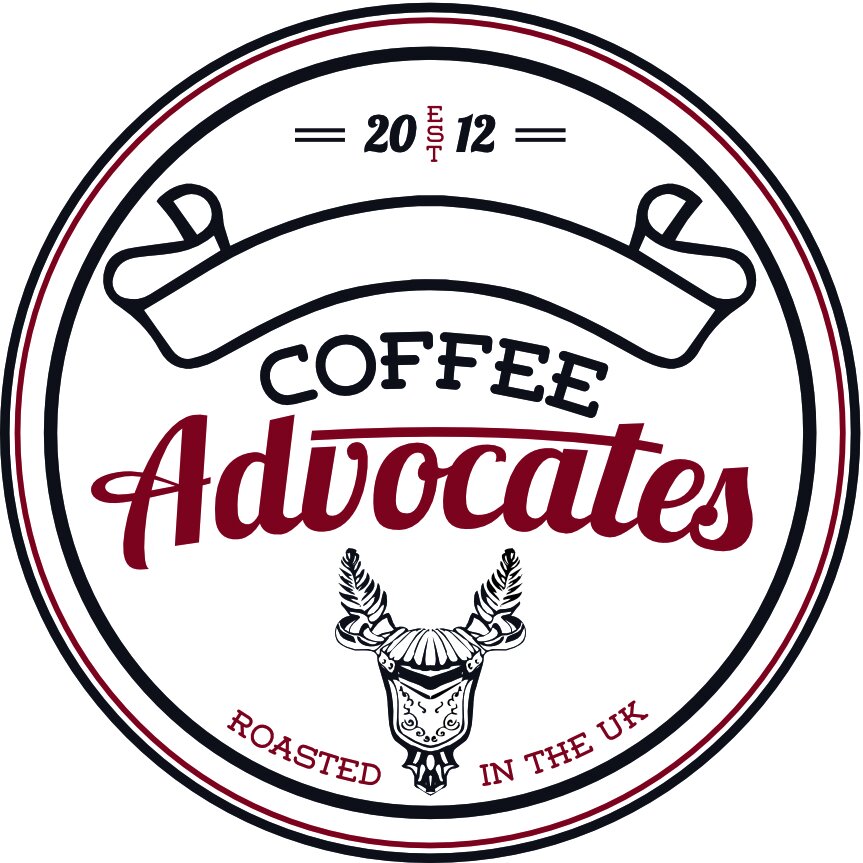Beans Means What?
So, what do you know about the beans you use in your coffee every day?
I remember when it used to be Arabica was always the best right? - back in the dark days when we all drank Nescafé and thought we were right POSH when we upgraded to Gold Blend, and who doesn’t remember the Gold Blend couple? - well the the trendy millennials!
So is Arabica the best bean ?
Well like anything it depends, how it’s grown, where its grown and how its handled and then roasted and then ground, it’s a lot like wine actually, without all the snobby wine expertsin cravats, except coffee experts tend to have beards and tattoos and a topknot (apart from James Hoffman).
Coffee experts go on a lot about “citrus notes” and “tongue feel”, but what difference do beans make?
There are actually two types of beans Aribica and Robusta - see the helpful chart below (thanks to Fabio Dotti for the image)
Arabica accounts for three quarters of the world's coffee production. Its complex acidity and taste compounds produce more variation in the flavours dependant on where it's grown. It is generally sweeter and has tones of fruits, florals, chocolate and nuts.
That’s the official line, but what you really need to know is, is it ethically produced and how has it been roasted, traditionally most coffee was roasted to within an inch of its life and that teneded to produce a bitter coffee, recently ligher roasts are more popular that give the bean itself chance to give more depth and more interesting flavours even Starbucks coffee has a Blonde Roast that is lighter and actually drinkable (unlike Costa).
Robusta coffee is mostly grown in Vietnam, West Africa, and South-East Asia. Robusta generally tastes much less sweet.
Robusta can produce tones of wood and tobacco. It has about 25% more caffeine than Arabica. Coffee beans from the Robusta species are generally smaller and more circular than Arabica beans.
If you have had the chance to try Vietnamese coffee - ideally in a cool coffee bar in Ho Chi Minh city, it’s a revelation - it’s served with condenced milk and super sweet, and given it’s pure Robusta its way better than your imigine.
Now most people would have you believe that a pure Arabica from a single origin is better then a blended roast (this is where the Whiskey analogy might come in single malts etc) however this is not necessarily true, putting togther different beans from differenrt parts of the word can create a perfect coffee like our hugly popular Barista Blend - this can create a sweet rich espresso or a nutty chocolaty latte. a
It’s a crowd pleaser, but like anything its personal chioce, our Advocate blend is a pure Arabica produced by Aymara farmers on small terrace plantations in the southern region of the Peruvian Andean jungle, north of the Lake Titicaca, no less. The beans produce coffee with subtile floral notes that sing out the flavour of Peru.
And we have our Single Origin Tanzanian Single Origin thats full bodied and smooth, with caramel and dark chocolate notes. Especially Good with Milk, Our Tanzanian coffee is grown in high altitude regions like Mount Kilimanjaro where its fertile soils and loads of rainfall and mild climate give optimal growing conditions. The result is some of the best coffee Africa produces, with bright acidity and big flavours.
In the comming months we are looking to explore Indian coffee with one of our favourites Monsoon Malabar, It’s a actually a process applied to coffee beans. The harvested coffee beans are exposed to the monsoon rain and winds for a period of about three to four months, The coffee is unique to the Malabar Coast of Karnataka and Kerala and has protected status under India's Geographical Indications of Goods Act. The blend is heavy bodied, pungent, and considered to be dry with a musty, chocolatey aroma and notes of spice and nuts, we love it its best as a pour over or in a French Press.


